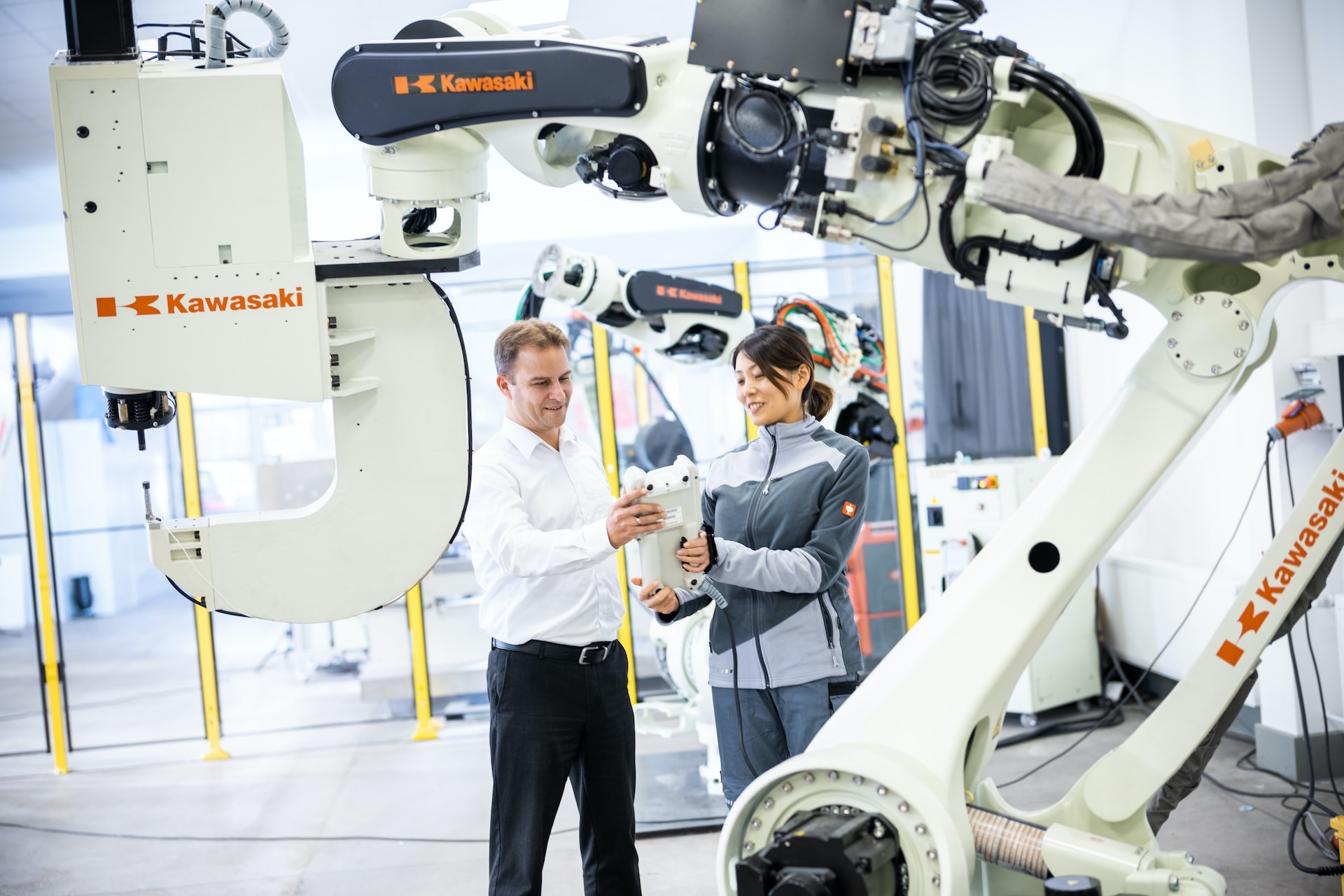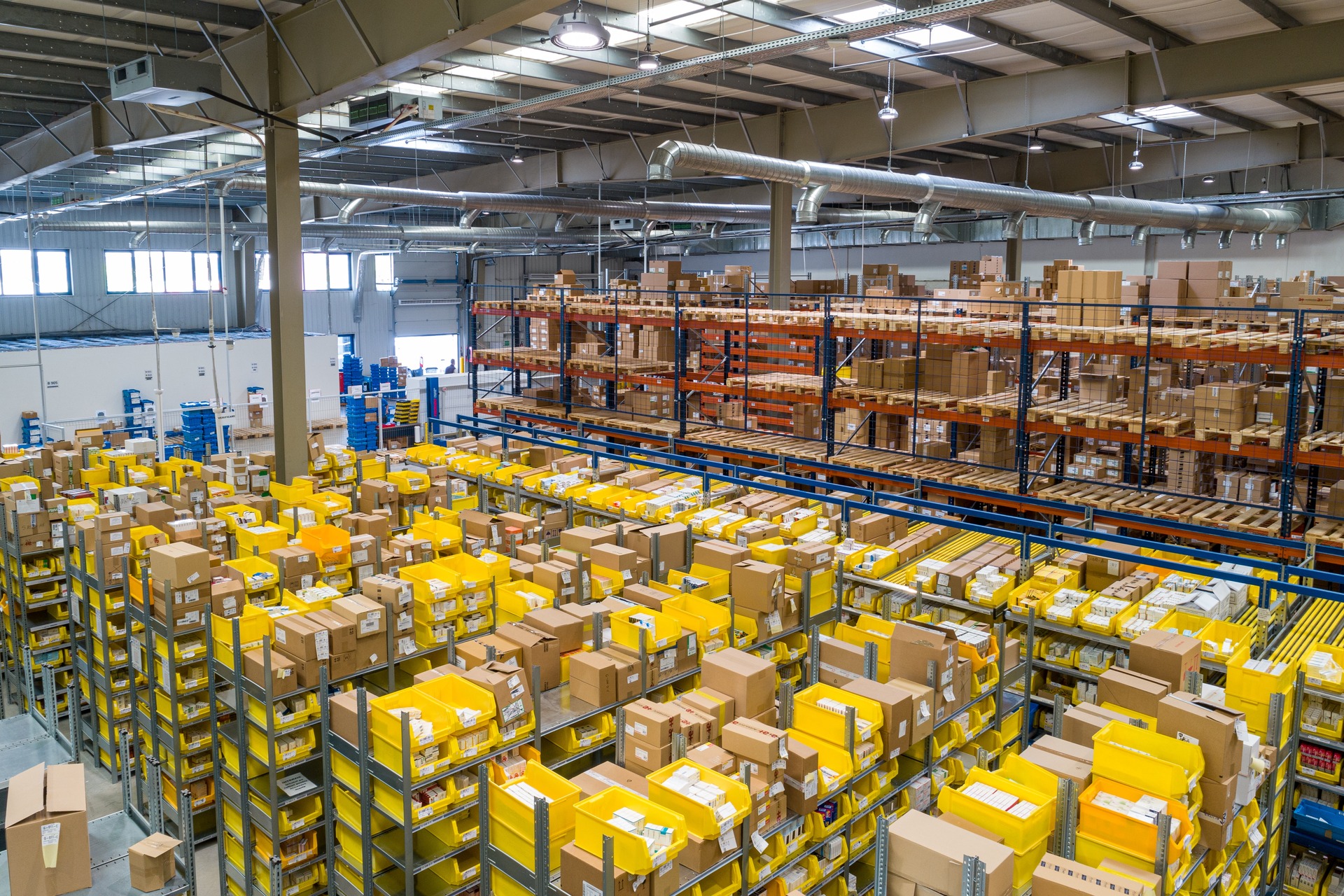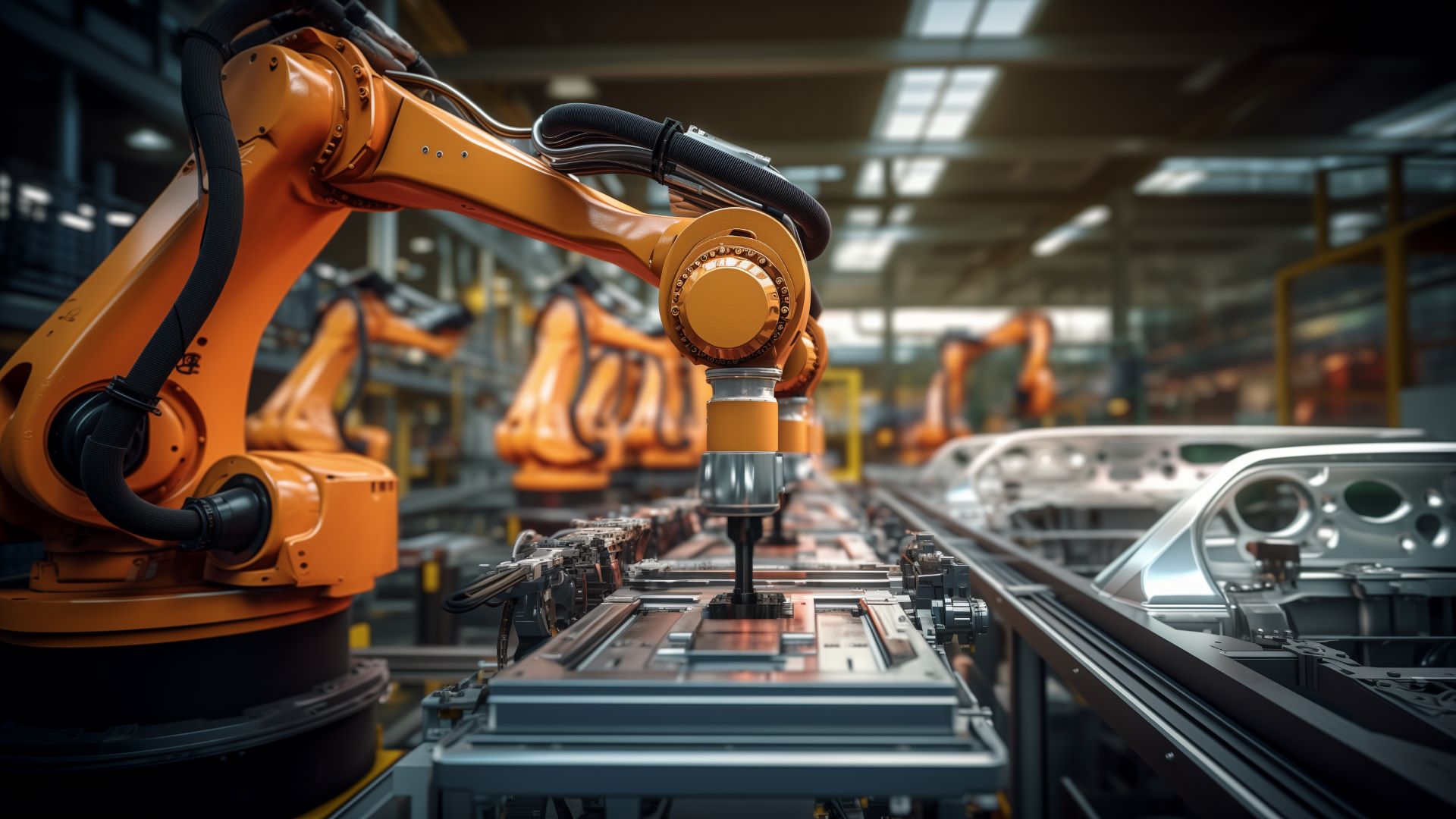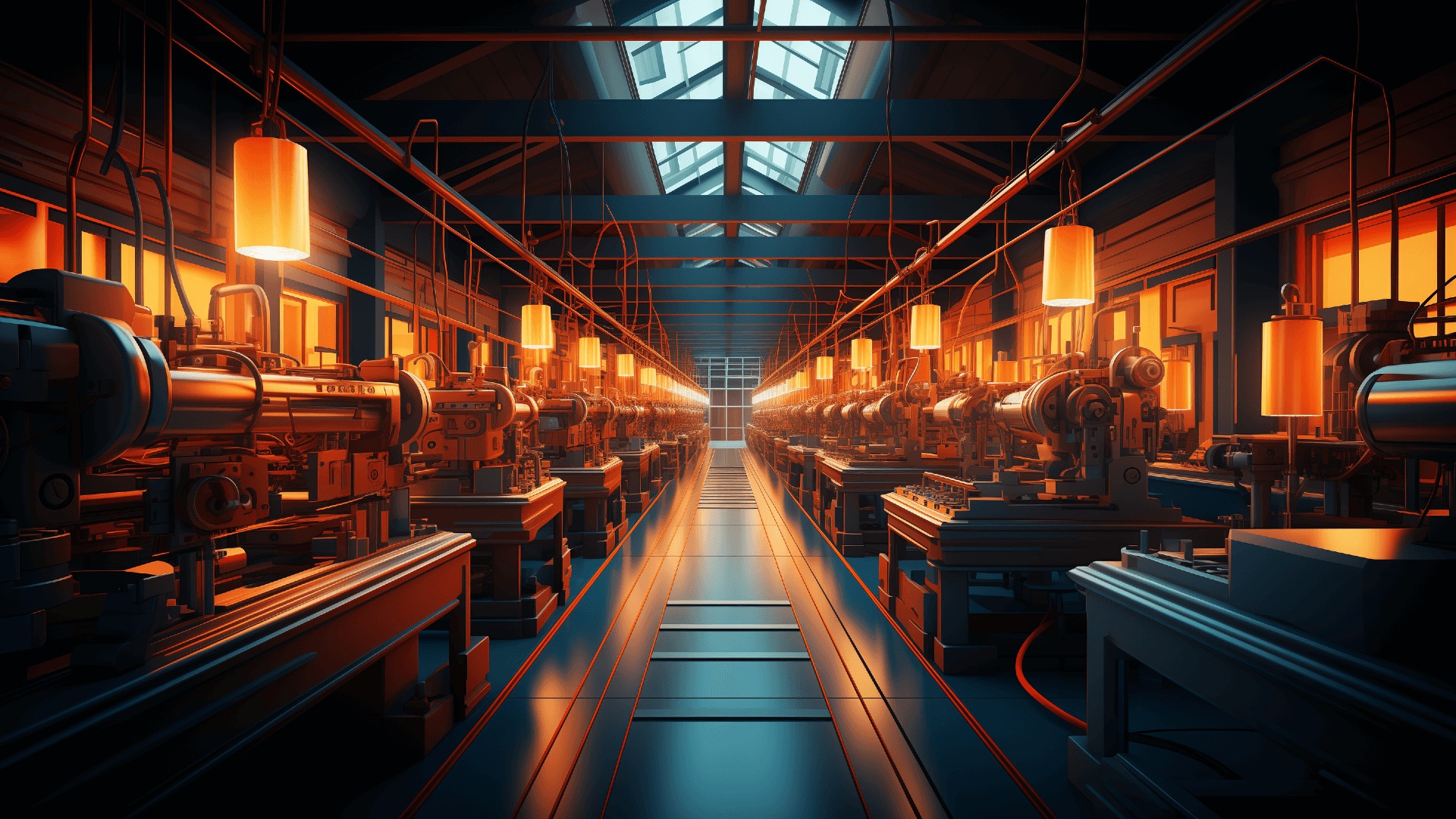
IIoT Application Trends to Keep Your Eye On
July 7, 2017 - Emily Newton
Revolutionized is reader-supported. When you buy through links on our site, we may earn an affiliate commision. Learn more here.
The Industrial Internet of Things, or IIoT, is quickly taking the manufacturing industry by storm, improving everything from manufacturing processes to warehouse optimization. In a matter of minutes, computers can calculate analytics that once took days, weeks or even months to compile. Next-gen predictive maintenance alerts workers of equipment malfunctions and breakdowns, which reduces the potential to disrupt production or injure workers. Smart machines can also communicate with one another on the factory floor.
All of this and more is a result of the IIoT.
Machine-to-Machine Communications
Smart machines can interact with each other through a process known as machine-to-machine, or M2M, communications. Within a consumer setting, this might involve a home thermostat that is controllable via your smartphone. In manufacturing, M2M is often used to gather and share production data among various devices on the factory floor. The data then used for advanced analytics, automation, warehouse optimization and process improvements.
Machine learning is another component of the IIoT and today’s smart machines. This gives individual machines the ability to develop new processes and methodologies over the course of time. While still in its infancy, the concept of machine learning is already showing tremendous potential throughout the industry.
Predictive Maintenance
The IIoT makes it possible for machines to perform self-diagnostics and detect maintenance needs as soon as they arise. This allows them to alert workers in advance of potential failures, minimizing factory downtime. This is crucial to efficient manufacturing operations since downtime can result in millions of dollars in lost profits. Machines that shut themselves down before experiencing a mechanical failure can help protect the safety and well-being of your employees, too, so it’s a win-win.
None of this would be possible without big data or, more specifically, the IIoT. By utilizing historical data, real-time monitoring and ongoing trend analysis, today’s hardware can ensure smooth and efficient operations over time. Couple this with predictive maintenance functionality and the average factory floor is already smarter than we ever could have imagined.
The Smart Grid
Another technology that has yet to reach its fullest potential, the smart grid is also making waves around the industry. Unlike the traditional power grid, which serves as a one-way avenue of powering your shop, the smart grid uses the IIoT to provide two lanes of traffic. One is used for incoming power and another for you to transmit your own usage data back to the utility company.
The enhanced communications offered through the smart grid are beneficial in many ways. Utility companies can monitor your usage over the course of time, which helps them accommodate for peak demand and respond to outages more quickly. In turn, you’ll benefit from lower utility bills across the board.
Real-Time Processing
The IIoT also facilitates real-time processing functionality throughout your factory or warehouse. Historically, any data collected on the factory floor happened one piece at a time, and singularly introduced to a programmable logic controller or distributed control system for analysis and processing. While effective, the process lacked the speed and reliability of today’s systems.
Real-time data processing takes advantage of Ethernet connectivity, as well as the IIoT, to collect and distribute data from multiple sources simultaneously. Not only is this process much quicker than past methods, but it also ultimately results in data that is more relevant and usable at any given time, leading to better factory and warehouse optimization.
On the Cusp of Industry 4.0
Although the manufacturing industry has yet to reach the final form of the IIoT, or even agreed upon, many industry experts are already touting it as Industry 4.0. The concept has taken some time to catch on among manufacturers. Nevertheless, with the floodgates open, manufacturers are making significant progress and the future looks bright.
Revolutionized is reader-supported. When you buy through links on our site, we may earn an affiliate commision. Learn more here.
Author
Emily Newton
Emily Newton is a technology and industrial journalist and the Editor in Chief of Revolutionized. She manages the sites publishing schedule, SEO optimization and content strategy. Emily enjoys writing and researching articles about how technology is changing every industry. When she isn't working, Emily enjoys playing video games or curling up with a good book.





